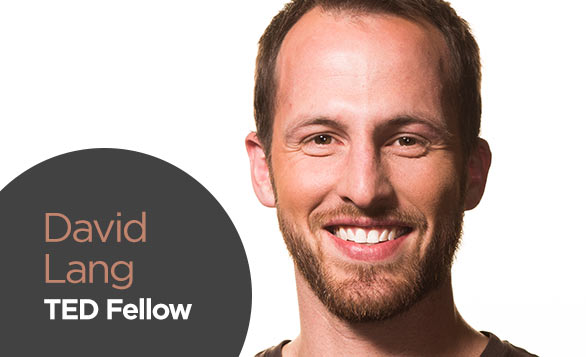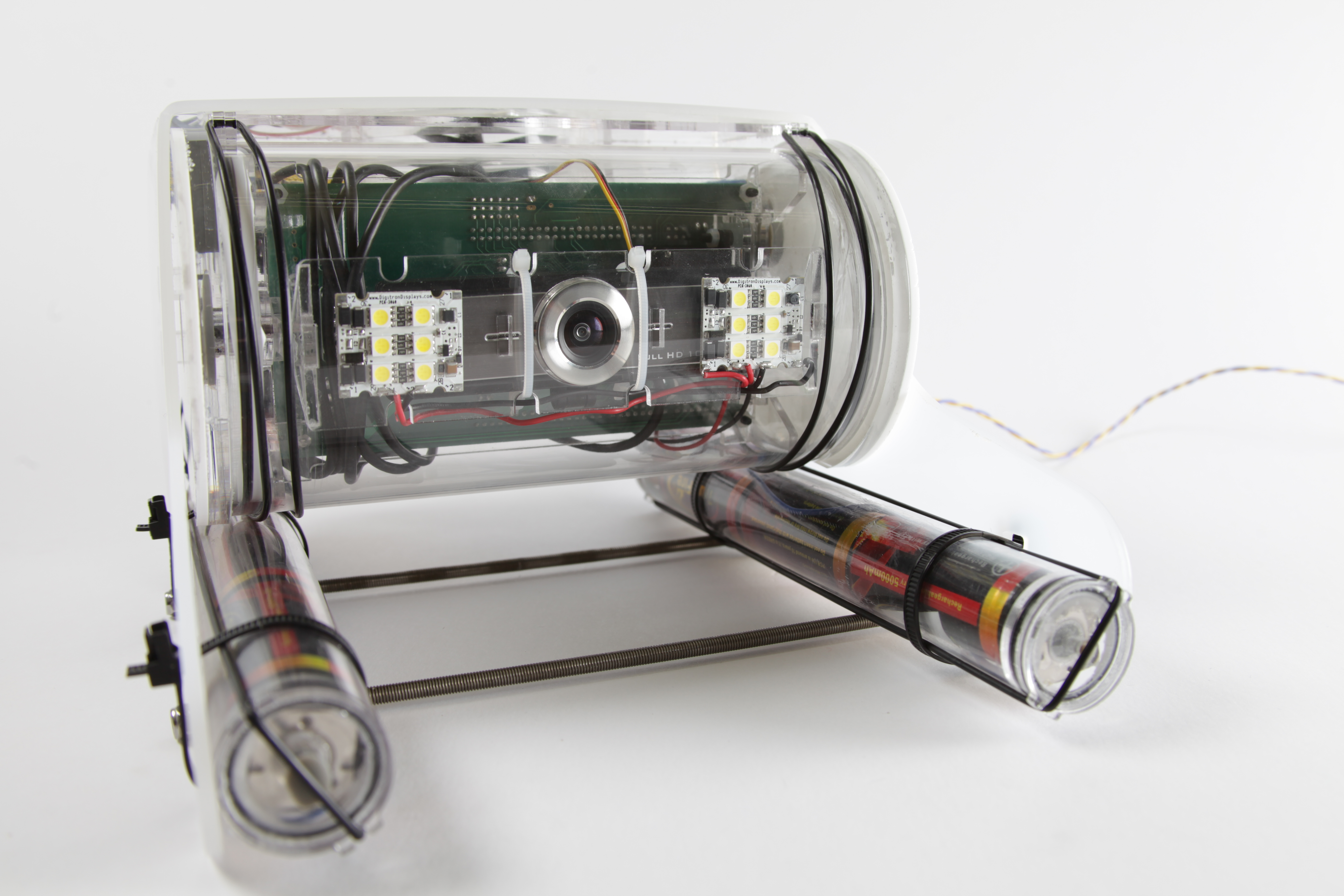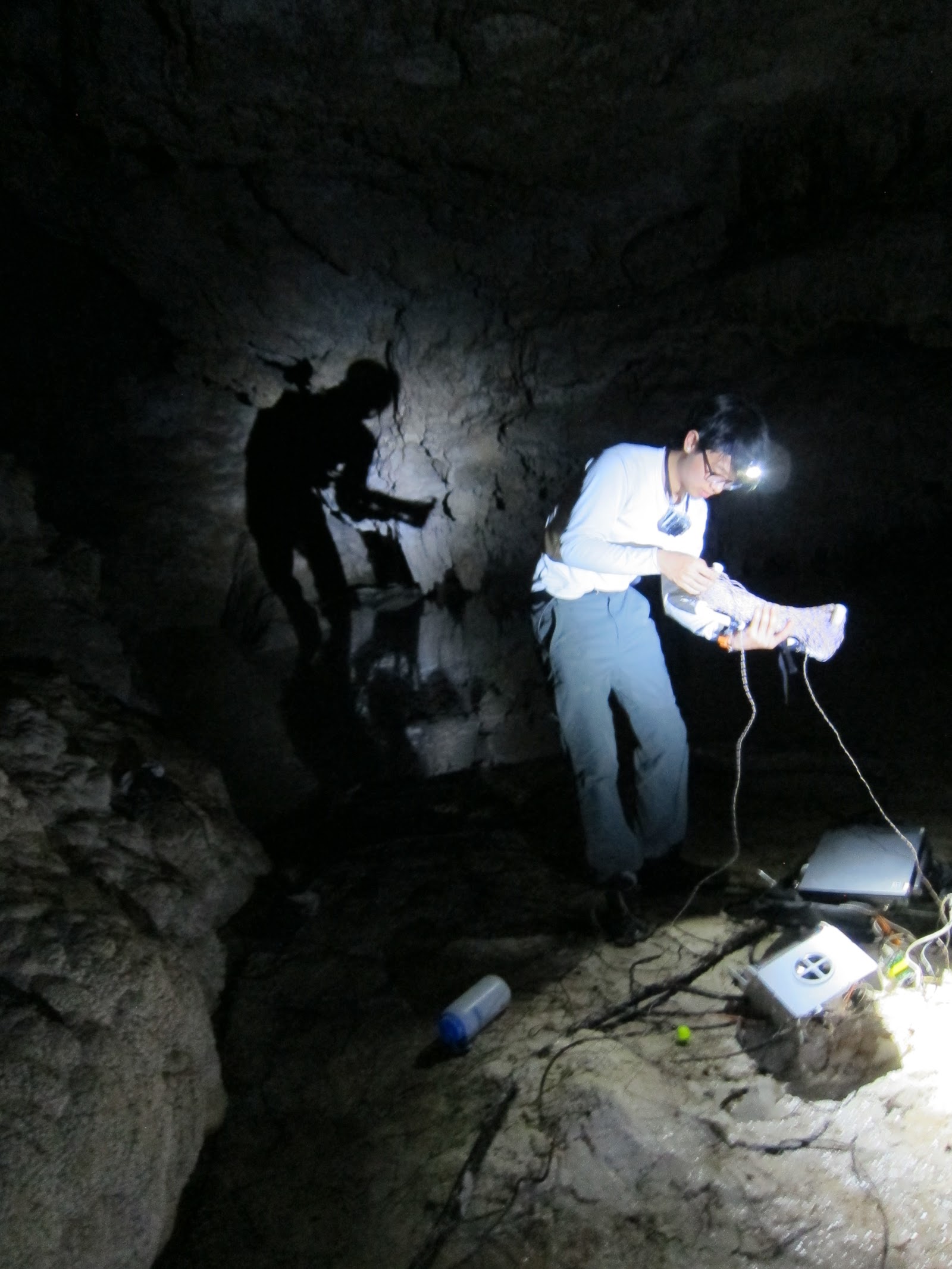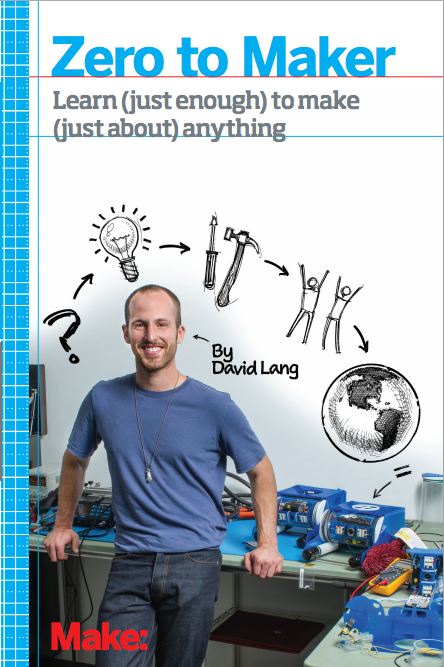David Lang wants to make investigating the mysteries of the ocean accessible to anyone curious and adventurous enough to dive deep. Here, the co-founder of OpenROV — a community of citizen ocean explorers and creators of low-cost underwater robots — recounts his blistering journey from office job to fledgling maker to inventor of a robot that could revolutionize ocean exploration, education and research. And, he tells us about his newly launched book, Zero to Maker, a how-to guide for makers everywhere.
You started out on the OpenROV adventure after you lost a desk job. How did you make the leap from that to creating open source underwater robots?
Just over two years ago, I was working for this startup, writing emails, basically. When it went under, I decided to move to San Francisco because I was dating a woman up here at the time. But I also really wanted to start making stuff. I had met a carpenter, and I thought, “You can’t take carpentry away from this guy. You can’t fire him from this. It’s a skill, and it’s real.” I wanted something like that in my life.
So my goal was simple: making things. I started taking these woodshop classes and welding, and then I got into 3D printing, laser cutting.
During that time I met my friend Eric Stackpole, who wanted to build this underwater robot so that he could explore the Hall City Cave, an underwater limestone cave in the mountains of Northern California, where we’d heard rumors of treasure. I was like ‘whoa, that is so cool! Let me just tag along.’ I helped him put up a website, OpenROV, where we explained that it was going to be an open-source underwater robot, and that we needed help building it — because we didn’t know what we were doing.
We started getting great feedback and contributions from people all over the world, and we still do. It’s in the DNA of our project — the fact that this is something we’re all building together.
Did you find treasure in the cave?
No. But actually, we went back there recently, with Men’s Journal and Range Rover, to film this commercial, with a film crew and everything. It’s like a three-minute documentary. It should be out soon. I’m looking forward to seeing it.
What sorts of people were sending you information?
It’s really diverse. Some are professional ocean engineers. But a lot of them are software developers or electrical engineers who just wanted to start dabbling in underwater robots. We have a group with diverse talents. And even brand-new makers, like me, have been making contributions.
Why do you think people have been so enthusiastic about contributing to this idea? Do you think this represents a new consciousness of some kind?
It harks back to Clay Shirky’s idea of cognitive surplus, right? People don’t want to go home and watch TV anymore — they want to continue to use their brains and be engaged in things. I think everyone is attracted to the project not just because of the robot, but because of this sense of adventure. I think that the cave story is equally important to what we’re doing as the actual, physical robot is.
If you think about it, it’s pretty amazing that two guys in their garage can build robots and go explore underwater caves. I mean, this is a different era of exploration, when anybody can do this stuff. It doesn’t take a research grant to go out and be curious, and have pretty amazing adventures. I think it’s really exciting for everyone to consider all the potential. It’s just flat-out cool!
So essentially, you took all the information people were offering, and then you went to a maker space and cobbled it together?
Yeah! We did our first hundred OpenROVs at a TechShop. Now we have this lab in Berkeley, California, where we’re making these robots. We have a test tank, tools, everything we need.
There’ve been underwater robots in the past, obviously. So why is OpenROV a breakthrough? Is it the low cost and total accessibility?
Yes, that’s the goal. We want to make a scientifically capable robot for less than a thousand dollars. We still have a lot of room for improvement and evolution, but the rate of improvement is now really impressive. The big innovation, though, is the community. It’s not just about one low-cost robot — it’s the fact that we have this growing community of citizen ocean explorers.
How did you manage this?
We’ve done it by making the OpenROV modular and easy to upgrade. This makes it actually a flexible and versatile tool. And by making it open source, and using this community to build it, it’s not just about the robots anymore. It’s about the community of thousands of DIY ocean explorers around the world. That is the most exciting thing to us — not just the robots, but the people who are behind them, out there and actually exploring.
We talk a lot about having a “high return on adventure.” We started doing this just because we wanted to have more fun in our lives. Now the focus is on inviting more people along for the ride. We want being a part of the OpenROV community to change the scope of what’s possible in people’s lives. More adventure!
You raised funding using Kickstarter and also by selling kits, right? Will you also sell fully assembled robots at some point?
We only sell kits right now, but we’re going to start selling assembled robots in a few months. We’ve only shipped around 300 robots, so far, which is probably close to as many as any other underwater robot company in the world in the past year. But I think we’re going to have a lot more by the end of next year, because this new 2.5 version is amazing. It’s so much better, and part of a really big community effort. With so many people coming together to improve many different aspects of the robot, it’s almost an entirely different creature.
You recently said that the robots are being put to some pretty interesting uses in addition to ocean exploration. Can you tell us about some of them?
Well, for example, there’s this guy in southern Chile who wants to go to glacier breaks and find sunken meteorites. A lot of people want to hunt lionfish. There’s an artist in Rhode Island doing her senior thesis on lake monsters. There’s someone exploring a 152-year-old paddle-wheeler that had sunk in one of the Finger Lakes in New York. And there are a lot of teachers who want to use these in schools, to get their kids out not only building, but exploring. Lots of education stuff, lots of inspection stuff — people who inspect pipes and sewage systems. A lot of people want to use it for aquaculture. That’s a really huge industry that nobody really talks about. There are a lot of potential uses for it. But we really want to just keep our focus on this idea of empowering explorers. The exciting thing is, you really don’t know what you’re going to find.
What is the OpenROV equipped with?
It’s got LEDs, it’s got a high-definition webcam (you can pull up a browser and log right into the ROV). It’s also got a payload base, so you can essentially add whatever you want. The next one will have a new little board that’s got a depth sensor, a gyroscope, an IMU board so it can take all sorts of measurements. You can also add a water sampling device, or a robot arm, and so on. It’s really up to you. A lot of people put GoPro cameras on it, a lot of people want to attach DSLR cameras.
How did this experience lead to your new book?
When I moved back to San Francisco, I didn’t have any money, but I wanted to take classes at a TechShop to learn how to make stuff. So I hatched a plan: I guessed the email address of the Make editors. I said, “Hey, TechShop is going to let me take classes, and so will you let me write about this experience?” And then I emailed TechShop and I said “Hey, Make‘s going to let me write about this, will you let me take classes?”
And they both went for it! So I started this blog on Make called Zero To Maker, and it was really well received. It turns out there are a lot of people who were on the sidelines, kind of watching things, and thinking, “I’d like to be involved in the Maker movement — I just don’t know where to start.” It became a really interesting discussion: “OK, if you’re starting from the beginning, and you just have a kind of inkling that you want to be more creative, how do you act on that?”
So I created this book based on a lot of my blog posts, everything that I learned over the past year-and-a-half, two years — and I actually think it’s a really good resource. I wanted to create the resource I wish I’d had, so other people who don’t have the time or money to spend several months taking classes can benefit from my experience. From initial idea and prototyping, from making one item to making 100 or 1,000 — actually turning one thing into a small business to how to run a Kickstarter project. It’s a mix of my story, and those of other makers I’ve met, and direct-action item tips, including some science and research. I think it’s a good mix.
It’s a really interesting time to be in the Maker movement. Everybody’s heard about it, but there are still a lot of people who don’t really know how to get involved. But there are mini-Maker Faires popping up all over the world. I think it’s finally reached that tipping point where it’s going kind of mainstream, which is really cool to think about.
Above, watch how OpenROV was deployed at the NOAA Aquarius Reef Base underwater habitat located in the Florida Keys National Marine Sanctuary.




Comments (3)
Pingback: Исследование океана для всех: Fellows Friday с Дэвидом Лэнгом | TED RUS
Pingback: Ocean exploration for all: Fellows Friday with David Lang | TEDFellows Blog